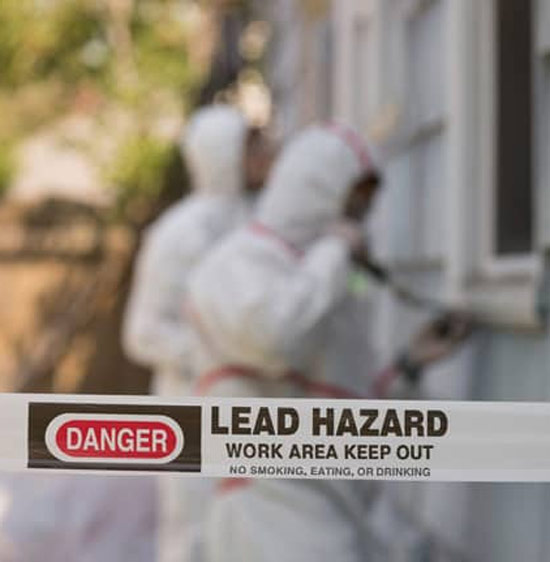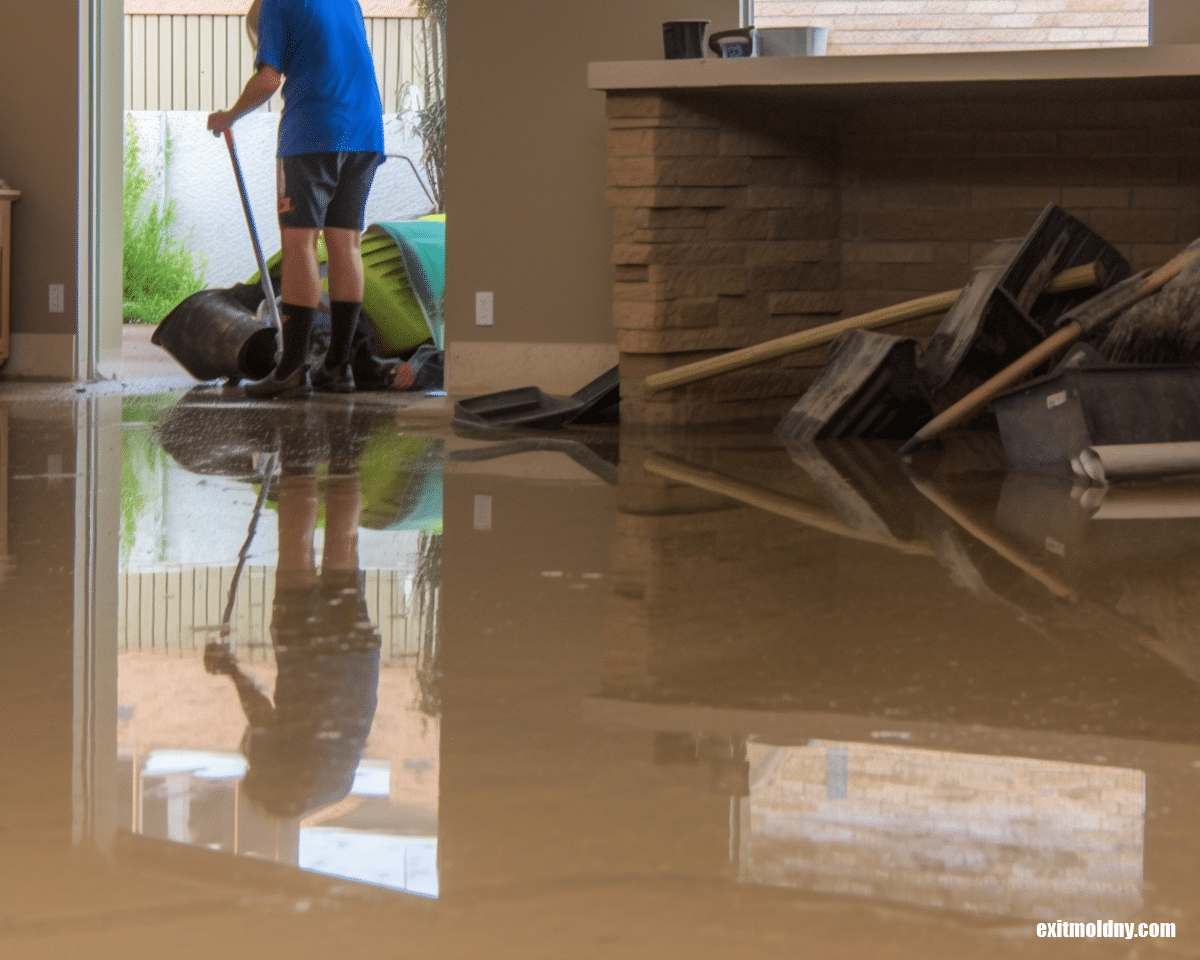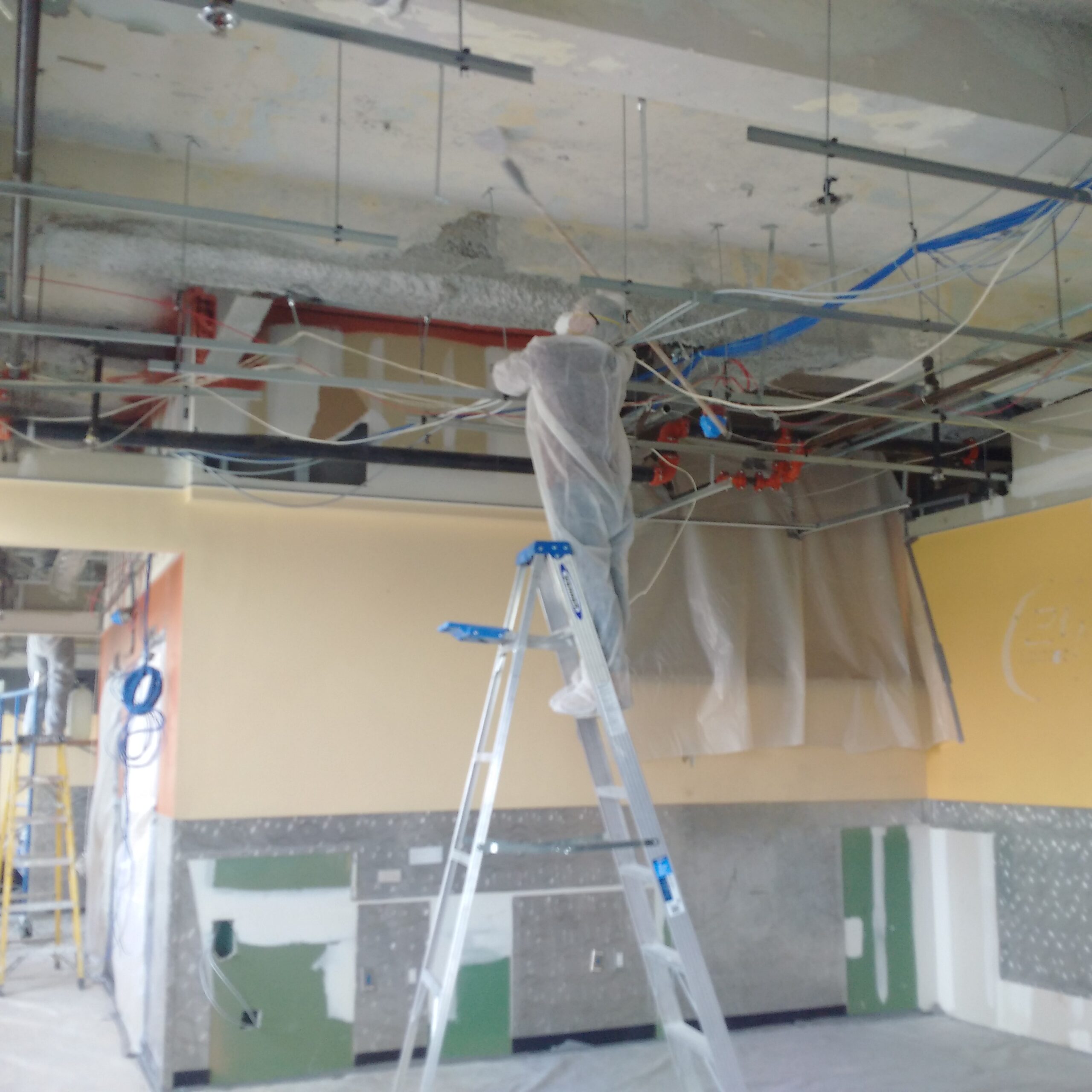Ideal Practices for Guaranteeing Safe and Thorough Lead Infraction Reduction
Dealing with lead offense abatement needs a multi-faceted strategy to make sure both safety and compliance. First assessments utilizing innovative detection techniques such as XRF analyzers established the stage for an accurate understanding of contamination degrees. Incorporating appropriate control strategies, including closed obstacles and HEPA purification, coupled with making use of individual safety equipment (PPE) for workers, develops the foundation of a secure operation. Precise clean-up methods, including HEPA vacuuming and wet-wiping, are essential. It's the final clearance process, including complete inspections and laboratory testing, that really verifies a lead-free atmosphere, guaranteeing long-lasting security. How do these methods adjoin to ensure detailed lead abatement?

First Evaluation
Conducting a first evaluation is a vital first action in lead infraction reduction. This phase encompasses a thorough examination of the home to identify the existence, extent, and details places of lead-based threats. Qualified specialists, such as licensed lead inspectors or run the risk of assessors, should do an extensive website inspection, making use of tools like X-ray fluorescence (XRF) analyzers to precisely detect and determine lead focus in paint, dust, dirt, and water.
The assessment needs to additionally include a testimonial of the building's history, previous records, and any problems or health problems reported by owners - Lead Removal Contractors. Documenting the findings diligently is important, as these documents create the basis for developing an efficient reduction strategy. An extensive analysis also involves sampling and research laboratory evaluation, which are crucial to verify the visibility of lead and overview succeeding actions
Additionally, it is critical to communicate the results transparently to all stakeholders, including residential property proprietors, tenants, and regulatory authorities. By guaranteeing that the preliminary evaluation is carried out with accuracy and rigor, professionals can lay a strong foundation for a targeted and effective lead abatement procedure, inevitably protecting public wellness and ensuring conformity with regulatory standards.
Proper Containment
Appropriate containment is critical to protect against the spread of lead pollutants during reduction activities. Effectively taking care of containment minimizes the threat of lead dust and particles moving to non-work areas, therefore protecting both the environment and people outside the immediate work zone.

Regular assessments of the containment location are necessary to look for breaches or weak points in the barrier. Any type of identified problems should reference be immediately addressed to keep the integrity of the control. By sticking to these methods, reduction projects can properly control lead contamination and alleviate associated health and wellness threats.
Worker Defense
Ensuring worker defense is paramount throughout lead reduction projects to stop job-related exposure to harmful lead fragments. Important procedures consist of using personal safety tools (PPE) such as respirators, gloves, and full-body suits particularly made to block lead dust and fumes. Workers must undertake comprehensive training on the appropriate use and upkeep of PPE, consisting of healthy testing for respirators to ensure maximum effectiveness.
Design controls, such as neighborhood exhaust air flow systems, are crucial in reducing airborne lead concentrations in the job atmosphere. Management controls need to additionally be implemented, including limiting the duration of exposure and rotating workers to reduce individual exposure times. Regular medical surveillance and biological surveillance are vital for very early detection of lead absorption, enabling timely treatment and therapy.
Moreover, establishing a purification method is important. Workers have to adhere to stringent purification treatments prior to breaks and at the end of their change to stop lead dirt from being brought outside the workspace. This consists of thorough hand and face cleaning with lead-specific cleaner and changing out of contaminated clothing.
Thorough Clean-up
Preserving a safe job setting prolongs beyond employee security and includes meticulous cleaning to make sure lead bits are thoroughly gotten rid of from the website. The process of thorough clean-up is crucial published here in preventing the recontamination of the moderated location and safeguarding both existing and future passengers.
To achieve a thorough clean-up, all workplace must be methodically decontaminated. This entails the use of specialized HEPA (High-Efficiency Particulate Air) hoover and wet-wiping strategies to catch and get rid of fine lead dirt that may have chosen surfaces. It is imperative to clean up all straight surfaces, consisting of floors, home window sills, and kitchen counters, in addition to upright surfaces that might have entraped lead bits.
Employees must use ideal personal safety devices (PPE) throughout cleanup to prevent direct exposure to residual lead dust. Utilized cleansing materials such as wipes, sponges, and mop heads must be dealt with based on unsafe waste disposal policies.

Last Clearance
Final clearance is the essential wrapping up phase of lead abatement that identifies whether the site is risk-free for reoccupation. This vital step includes extensive assessment and testing to confirm that all lead risks have been effectively eliminated.

Final clearance screening not just safeguards future occupants but also makes sure compliance with neighborhood, state, and government regulations. It offers as a documented recognition of the abatement contractor's adherence to sector finest practices. Making certain a complete and Learn More successful last clearance is vital in safeguarding public wellness and fostering count on in the reduction process.
Verdict
Guaranteeing secure and complete lead violation reduction necessitates a diverse approach including first evaluations with innovative detection techniques, reliable control methods, stringent employee defense protocols, and careful cleanup procedures. The last clearance stage, featuring in-depth examinations and laboratory screening, is crucial to confirm conformity with EPA standards. Adherence to these best methods guarantees a risk-free setting for residents, alleviates wellness risks, and supports regulative needs, thereby promoting public health and security in lead-affected locations.